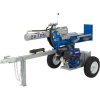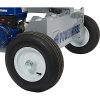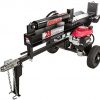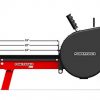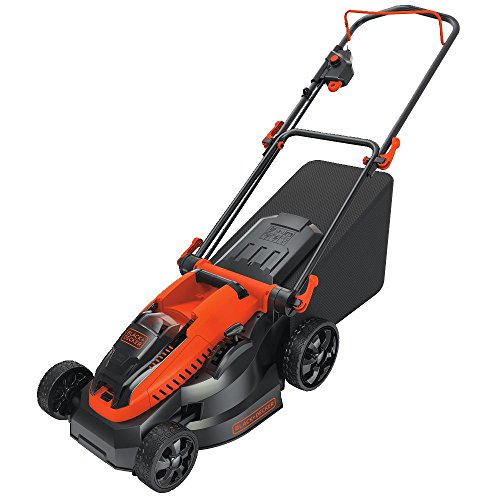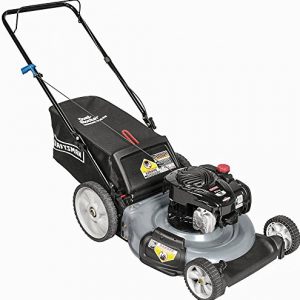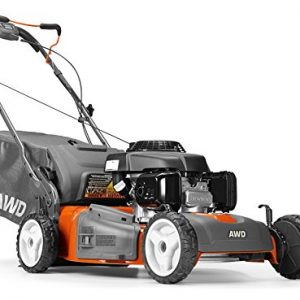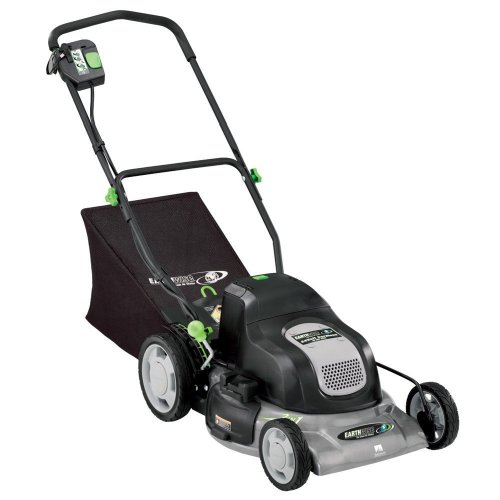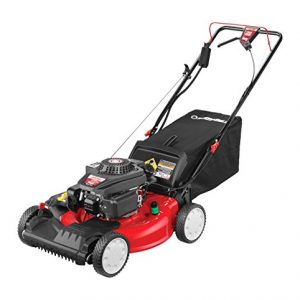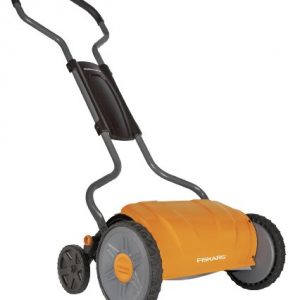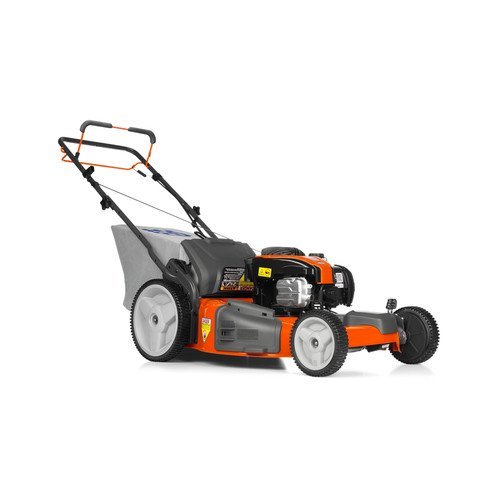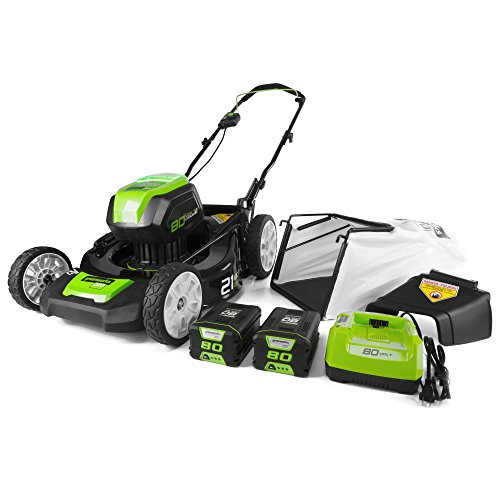Powerhorse Horizontal/Vertical Log Splitter – 22 Tons, 212cc Engine
Amazon.com Price: (as of 05/02/2022 01:29 PST- Details)
Heavy-duty hydraulic system protects and extends the life of hydraulic system components by preventing contaminants from entering and circulating through the system
10 Micron Zinga-made Powerhorse filter removes contaminants created during operation or introduced when adding or changing oil
100 Mesh suction strainer acts as a pre-filter to prolong the life of the return line filter, valve, pump and cylinder and also prevents contaminants from passing through system components up stream of the return line filter
- Description
Description
This heavy-duty Powerhorse Horizontal/Vertical Log Splitter is engineered to combine strength and innovation, creating a log splitter that is powerful, efficient and easy to use. It has a premium hydraulic system that includes a superior quality valve, wire-reinforced hoses, an 11 GPM cast iron pump with heavy-duty bracket and Zinga-made Powerhorse filter. The reliable Powerhorse engine has industrial-strength components, high-quality ball bearings, low oil shutdown, a cast iron sleeve and a steel fuel tank. Heavy-duty pivot for horizontal and vertical splitting. Tapered wedge splits all woods with ease. I-beam construction for less beam deflection during log splitting. Some assembly required.
Heavy-duty hydraulic system protects and extends the life of hydraulic system components by preventing contaminants from entering and circulating through the system
10 Micron Zinga-made Powerhorse filter removes contaminants created during operation or introduced when adding or changing oil
100 Mesh suction strainer acts as a pre-filter to prolong the life of the return line filter, valve, pump and cylinder and also prevents contaminants from passing through system components up stream of the return line filter
40 micron breather prevents airborne contaminants from entering the hydraulic system
Inlet and outlet locations are on opposite sides of the tank to promote cooling of the hydraulic fluid by increasing its travel time





